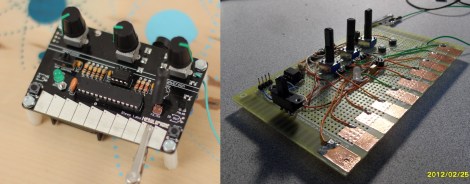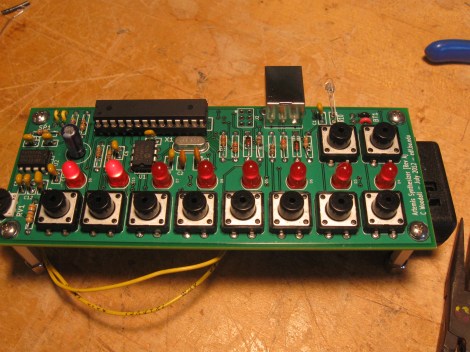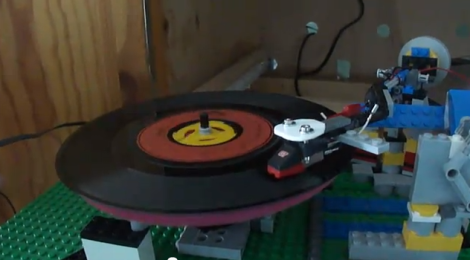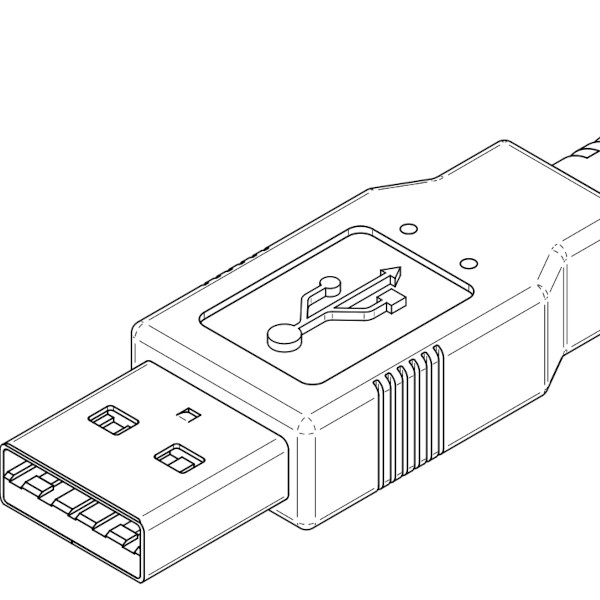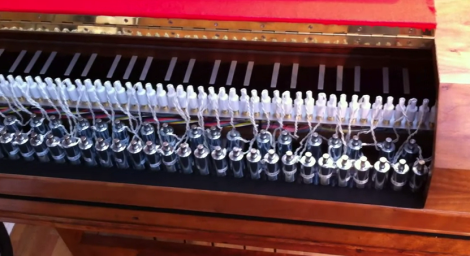
[Malcolm Messiter] is an Oboe player who loves to play pieces from the Baroque era. This often means playing with a Harpsichord and he managed to acquire one to call his very own. Unfortunately you can’t play both instruments at once so he set out to automate the keyboard. What you see here is a fully working version, but he soon went on to add solenoids to the upper rank as well. His story starts on page 27 of this newsletter (PDF).
He really went out of his way to make sure the instrument was not mistreated. A cabinet-maker built some brackets to mount the system above the keys. A friend drilled and tapped a sheet of acrylic to which each solenoid was mounted. The solenoid shafts have each been padded with felt to cushion the blow on the keys. We’ve embedded two demo video after the break that show off the first and second versions of the builds.
Harpsichords pluck the strings instead of hitting them with a hammer as the piano does. The mechanism that does the plucking had worn out on many of the keys so [Malcolm] used a 3D printer to help replace them.

